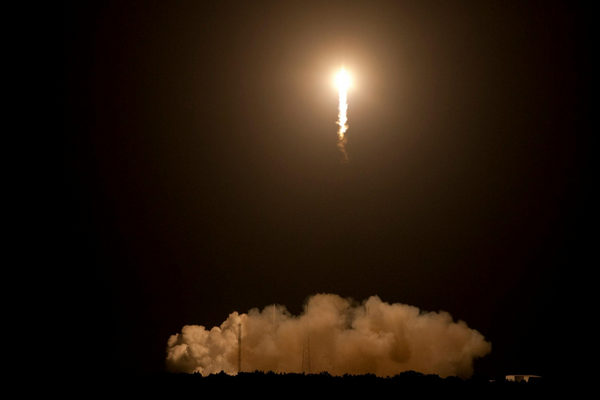
Beginning in late 2016, U.S. diplomats and intelligence officers posted in Cuba began reporting sudden, disorienting episodes: a loud, directional sound or pressure, followed by headaches, dizziness, nausea, memory problems, and trouble sleeping.
The phenomenon — now widely known as “Havana syndrome” — has since been reported by hundreds, perhaps more than a thousand, U.S. government employees. Those also affected include spouses and family members at home and abroad. It’s still unclear whether the episodes were the result of an attack. Some also think they might be the product of an environmental exposure. Or instead, Havana syndrome could be a cluster of unrelated medical and psychological conditions.
Who was affected?
— Mind Nexus (@MindNexusLive) October 13, 2025
LAST CALL: Dallas, Texas: October 25th
The global conversation around Havana Syndrome is growing, strange pressure sensations, ringing in the ears, sleep disruption, memory issues, and neurological effects.
At first, it was just diplomats and intelligence officers.
Now,… pic.twitter.com/DXZQQB2sZb
As mentioned, reports of the illness initially surfaced from U.S. embassy staff in Havana, Cuba, but cases later emerged across Europe, Asia, and the United States. The people affected include State Department diplomats, CIA officers, military personnel, and domestic staff who were often people in sensitive postings, along with some family members.
The symptoms described vary widely in severity and duration: some recovered quickly, others have reported lingering cognitive and vestibular problems that disrupted careers and daily life.
What investigators have found — and not found
A multi-year U.S. intelligence review has deemed it "very unlikely" that a foreign adversary is behind the mysterious neurological symptoms known as Havana Syndrome. https://t.co/ZnKvbFwhVQ pic.twitter.com/xNFnzT1KsM
— 60 Minutes (@60Minutes) April 1, 2024
Over the years, multiple U.S. agencies, academic groups, and independent scientists have studied these reported illnesses, now officially known as Anomalous Health Incidents, or AHI. A 2024 review of case management found hundreds seeking care through military and other programs, and federal watchdogs warned that survivors sometimes struggle to get consistent treatment and benefits.
Perhaps the most consequential finding for policy was the lack of consensus on cause. A National Institutes of Health–led imaging study found no consistent structural brain damage among tested patients, even while documenting real, disabling symptoms in many. That study undercut the idea that a single, obvious neuropathic injury explains all cases.
Intelligence community split
U.S. intelligence agencies have reached different conclusions. A 2023 ODNI review and subsequent agency reviews left many officials unconvinced a foreign power was to blame; by early 2025, most U.S. spy agencies described it as “very unlikely” that a foreign foe caused the mysterious illnesses.
Still, a small number of agencies and outside analysts continue to say there is a plausible — if unproven — risk that directed-energy, acoustic, or other exotic technologies, perhaps based in Russia, could have been used in isolated cases. That division has kept the story alive in national-security circles.
Congress, journalists, and observers have criticized some agency responses and pushed for faster care and clearer adjudication of claims. The Senate Intelligence Committee, among others, has pressed intelligence agencies to improve medical support and record-keeping for affected employees, even as technical answers remain elusive. Meanwhile, the Defense Department and other agencies continue to review disability and compensation claims tied to anomalous health incidents.
Today, Havana syndrome remains a mystery: real people report real suffering, but investigators have not produced a single, definitive cause that explains every case. The split in the intelligence community — and the mixed results from medical research — mean policymakers are balancing care for victims, continued scientific study, and cautious readiness against any potential threat.







